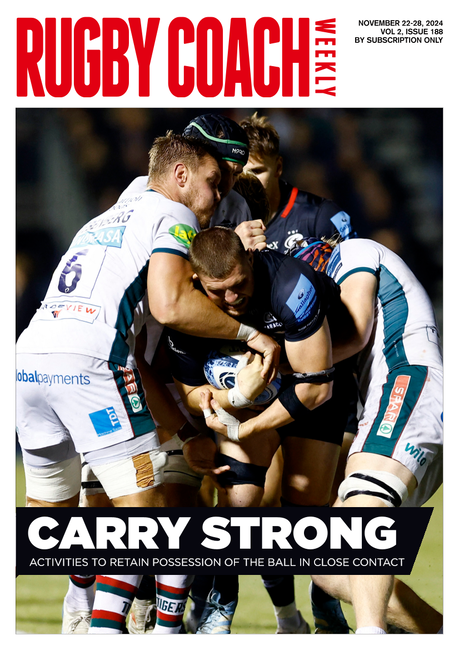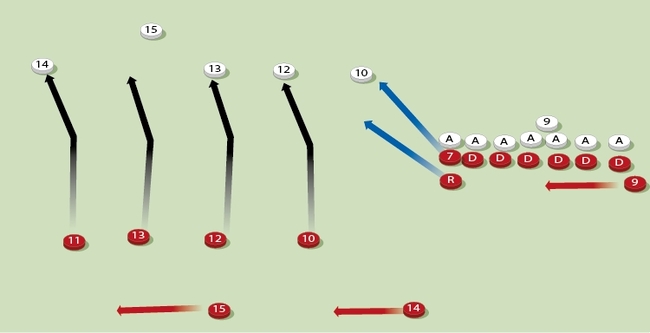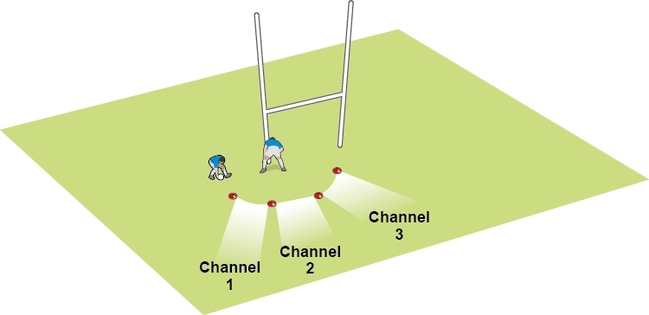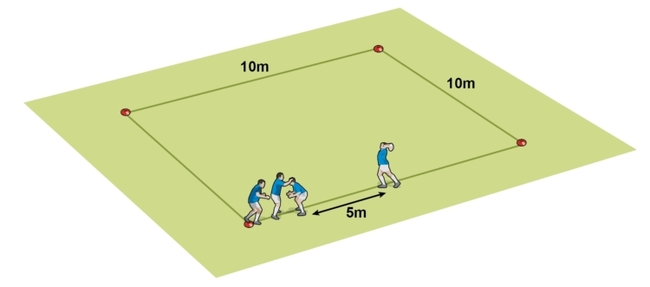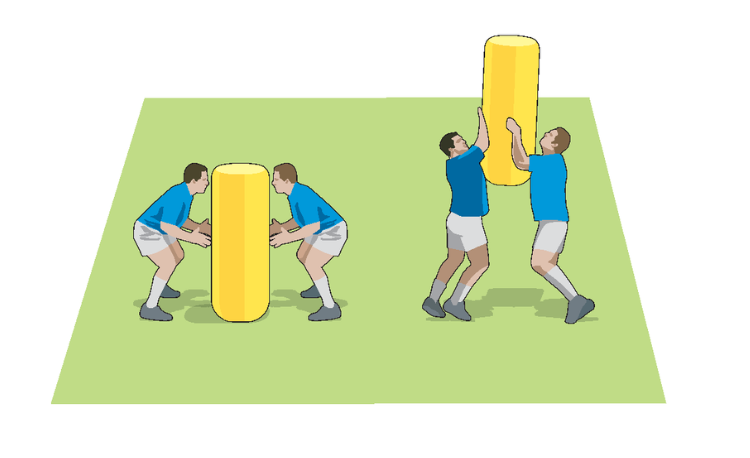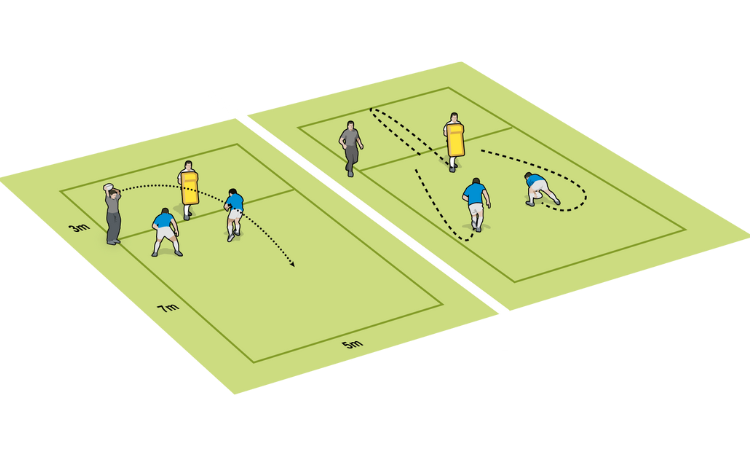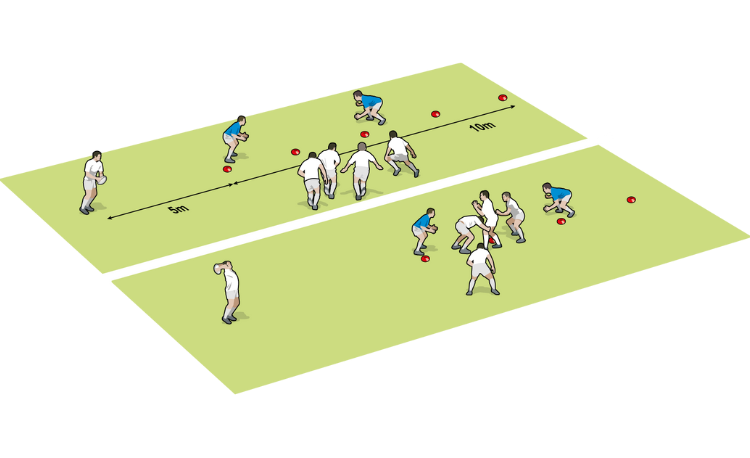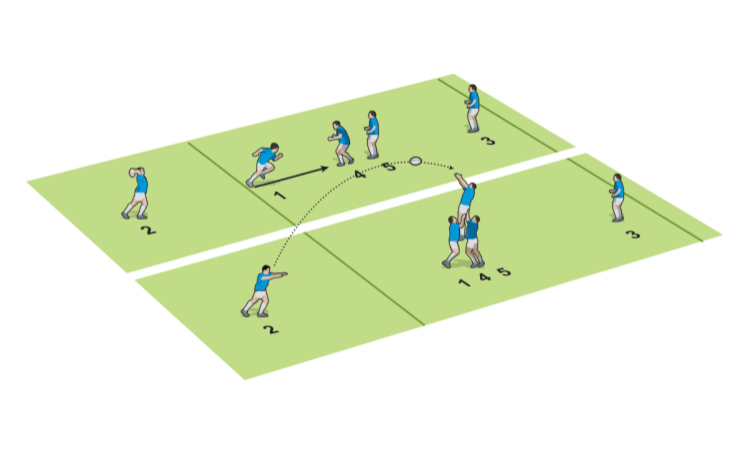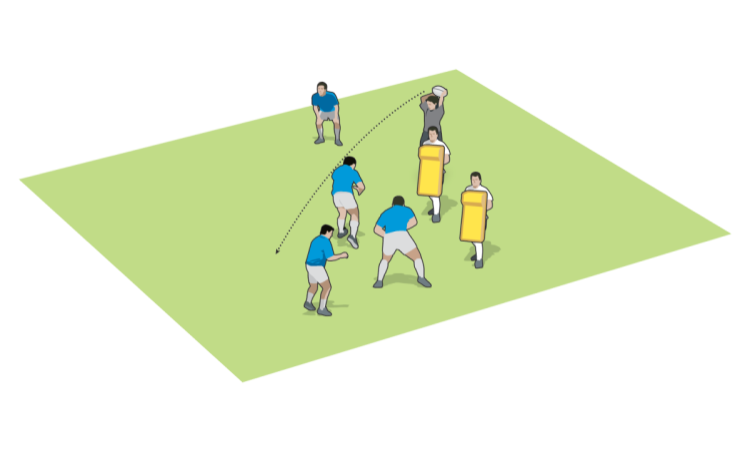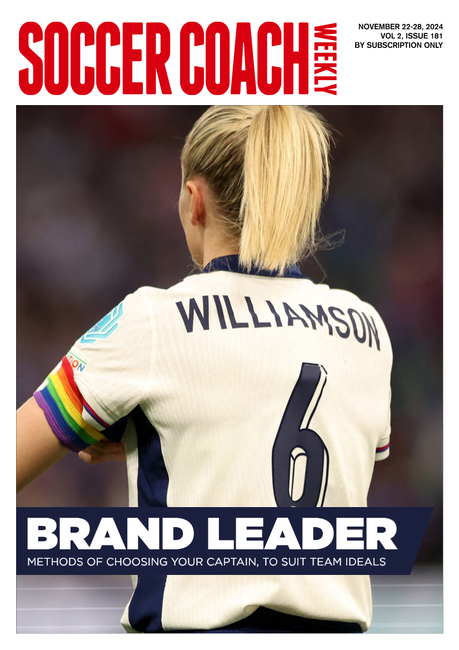Scrummaging coaching tips to win the hit
Following on from Coaching tips for a great scrummaging session, this article concentrates on "Step: 3", the final "Whole" section of the training session.
The engagement - winning the hit
When the scrum engages, the initial contact, "the hit", can often dictate the nature of the ensuing scrum. Winning the hit and imposing yourselves on the opposition means that when the ball comes in, you can control far more effectively the potential outcome.
In attack: From an attacking point of view, this means a good strike with no wheel, or a wheel in the direction you want, and certainly no ground lost. It can also mean a foundation from which to drive for a pushover try. Though the latter aspect is not applicable for junior rugby around the world (for example, at under-19s rugby in the UK), the rest is important for keeping the opposition's loose forwards attached to the scrum and tiring out their front row.
In defence: Defending scrums who win the hit have a chance to disrupt the strike, if not win the ball against the head. Sometimes the strike will bounce off legs and come back onto your side. Attacking wheels and back row moves will also not be so effective if the defence win the hit.
Winning the hit can be a combination of binding, sideways and forwards movement before the hit, and hitting on the opposition's "pressure points".
The quick bind
Whatever binding technique you choose to use, you will want to be able to bind up quickly and efficiently for each scrum. As an eight it is useful to be able to set as a scrum without opposition.
The routine needs to be second nature. The hooker will often be the catalyst for this process. They will set themselves, bind with the props and then call for the flankers and locks to bind on (sometimes the hooker will shout "four heads"). They are then ready to crouch, with the number 8 binding in once the contact is made. To establish the routine, it is worth moving to different parts of the field, then calling a scrum.
A stable and balanced scrum will be able to reach to the crouch phase without opposition. The quicker this happens, the more likely the scrum will be ready to win the hit.
The shift
A scrum machine is very kind. When you set up, it does not move or shift from side to side. For example, the referee may move the mark or, more likely, the other side may set up at a slightly different point.
Your scrum must practise being able to "side step" up to a metre or so either side of the initial set up. For rugby drills, line up "incorrectly" for the machine or the opposition and then shift. If the earlier "Part" practice has gone well, then the "forward binds" will be maintained and the "lateral binds" will be flexible enough.
Pressure points
Defensive scrummaging normally focuses on pressuring individuals in the front row. Legally, without boring in, the hooker joins forces with one of the props to drive onto an opposing prop (often the tight-head) or the opposition's hooker.
An attacking scrum needs to be prepared for this outcome, something that can only be achieved by live scrummaging (unfortunately not accessible to all) or continued work on good technique.
Practices with the whole scrum should look to exploit pressure points, with a set call for particular types of attack. Identifying who makes these calls and who assesses the weakness should be worked out in these times.
Real life scrummaging
Scrummaging happens during lots of game activity in the match. It is therefore essential that scrum practices be worked with an element of continuity, both before and after a scrum is set. For instance, a quick handling drill could be performed, then a scrum, finishing with a play off the back row.
If you have more than a scrum's worth of players, then you can set up some defenders to enhance the reality of the situation.
Remember to practice defensively as well, with a back row move being performed against the scrum, so the players have to retreat to defend.
Scrum and ruck combinations follow well as drills. However, it is worth trying drills where the forwards have to run backwards from a scrum to a ruck. The backs have a nasty habit of not breaking the gain line for some teams.
Summary of a great scrummaging session
- Warm up: Remember necks and backs.
- Whole: Outline the focus for the session. Full scrums, with a gentle start at first. "Fold in".
- Part: Component parts. Individual technique. Three man scrums (e.g. prop, lock, flanker).
- Whole: Concentrate on winning the hit. Work on focus (e.g. the distance to hit) and real life scrummaging (e.g. between handling drills or defence).
Outcomes checklist
- Every player has scrummaged.
- Every player has tried one different position in the scrum.
- Technique has been taught under control.
- Control has been taught under pressure.
- Pressure has been taught in game situations.
- After the warm-up, 10 minutes has been spent on each aspect.
- The session was short, sharp, effective with a clear focus.
The front row engagement is a controversial area. To find out more read Secrets of the Front Row, my ground-breaking coaching and skills manual that shows you how to get more power from your scrum and deliver top quality first phase ball. Click here to read more about the manual and to order it.
This article is taken from the Better Rugby Coaching e-newsletter. Click here to sign up and get free rugby drills and skills twice a week.
Newsletter Sign Up
Coaches Testimonials

Gerald Kearney, Downtown Las Vegas Soccer Club

Paul Butler, Florida, USA

Rick Shields, Springboro, USA

Tony Green, Pierrefonds Titans, Quebec, Canada
Subscribe Today
Be a more effective, more successful rugby coach
In a recent survey 89% of subscribers said Rugby Coach Weekly makes them more confident, 91% said Rugby Coach Weekly makes them a more effective coach and 93% said Rugby Coach Weekly makes them more inspired.
Get Weekly Inspiration
All the latest techniques and approaches
Rugby Coach Weekly offers proven and easy to use rugby drills, coaching sessions, practice plans, small-sided games, warm-ups, training tips and advice.
We've been at the cutting edge of rugby coaching since we launched in 2005, creating resources for the grassroots youth coach, following best practice from around the world and insights from the professional game.


